VIDEO: Remove scratches from plastic
Polish small scratches made of plastic
Visible scratchthat you cannot feel with your fingertips can be polished off. You will need toothpaste and two soft cloths. Instead of the paste, you can also use a polishing agent for Plexiglas.
1. Dose the polishing paste. Be careful not to put very little of the selected agent on a soft cloth.
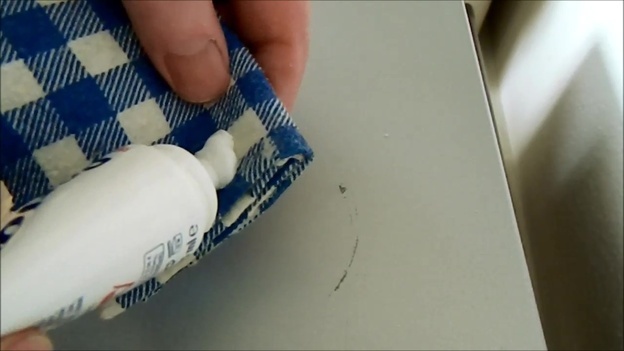
2. Circular movements. Using gentle pressure, rub the polish in small circles over the scratches in the plastic. The pastes, including toothpaste, contain very fine abrasive particles that remove some of the material. This will make the surface smooth again.
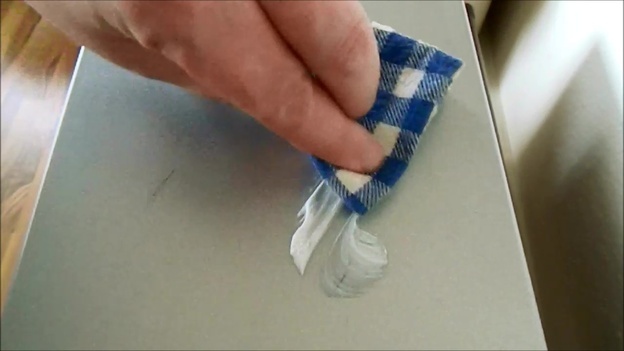
Even glasses are not sanctioned for one or the other mishap, so that ...
3. Wipe off residues with a damp cloth. Slightly dampen the second cloth and wipe off the remains of the polish. If the scratches have not completely disappeared, repeat the process.

Eliminate deep scratches
If you can clearly feel the scratch with your fingers, polishing is too troublesome. Get some fine sandpaper. You will also need polish and a soft cloth.
1. Estimate depth. Run your finger over the scratch. When you feel this, you have to work with sandpaper.
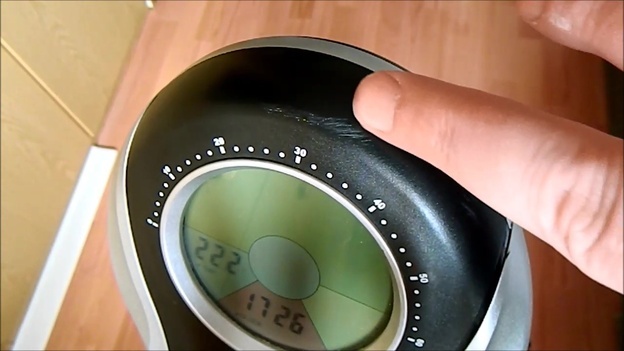
2. Sand off scratches. Rub the paper across the direction of the scratch using gentle pressure across the plastic. Don't wear off too much. It is enough if the scratch is no longer noticeable.
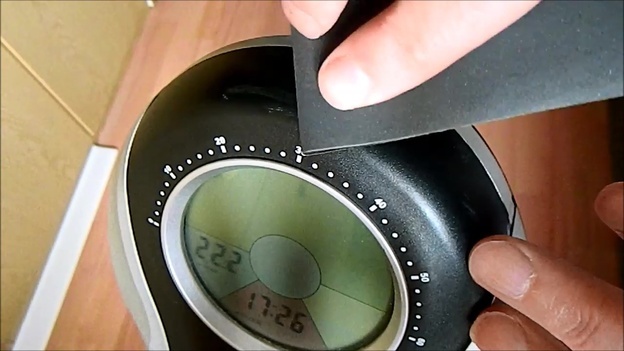
3. Polish with a soft cloth. Blow the chips away. Then rub the sanded area with a soft cloth that has some polish in it.

4. Wipe off. Finally, wipe the agent off with a damp cloth.
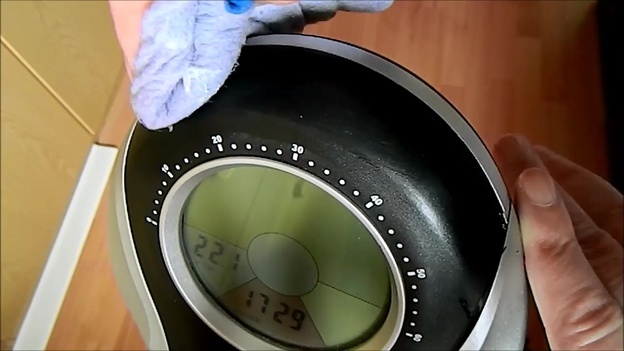
Very deep scratches cannot be removed from most surfaces without a trace. However, specialist companies for car preparation can fill them with acrylic and then polish them with a machine.
Overview of scratch removal
In the table you will find tips on which method promises the greatest success in each case.
| depth | method |
|---|---|
|
Scratches barely visible and not noticeable Plastic looks more matt than scratched. |
Polish with polishing paste. |
|
Scratches clearly visible Deepening can just be felt with the fingertips. |
Smooth with sandpaper. Then polish out. |
|
Scratches clearly visible and noticeable as indentations Depth of more than 1/10 mm |
Filling required in a specialist company or replacement of the part. |
This will prevent damage
Deep scratches can hardly be removed from plastic. Therefore try to prevent damage to the plastic. For example, do not use pointed or sharp objects near plastic surfaces.
Use extreme caution when removing dust. The small particles are hard and will leave marks on plastic when you wipe them away. Use a soft brush or compressed air to clean.
Then wipe with a soft cloth soaked in a detergent solution or a special cleaner. Never use a dry cloth to clean.
Sensitive surfaces such as displays should always be protected from scratches with a protective film. The foils represent the so-called sacrificial layer. They are soft, tough, and scratch over time. In this way you protect the surface underneath. A scratched film can easily be replaced.
Tips at a glance:
- Blow away dust or remove it with a soft brush.
- Wipe with a damp cloth, never with a dry one.
- Protect sensitive surfaces with foils.
The problem is that many plastics have a soft surface and scratches can hardly be completely avoided in the long term. Good to know how you can repair minor damage yourself.


